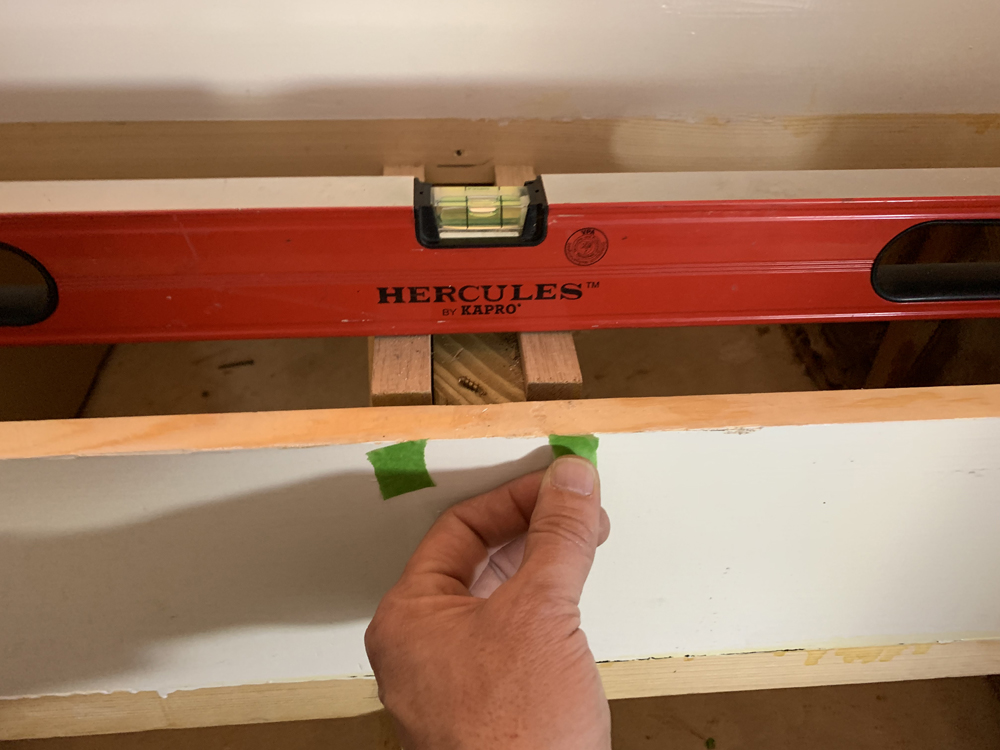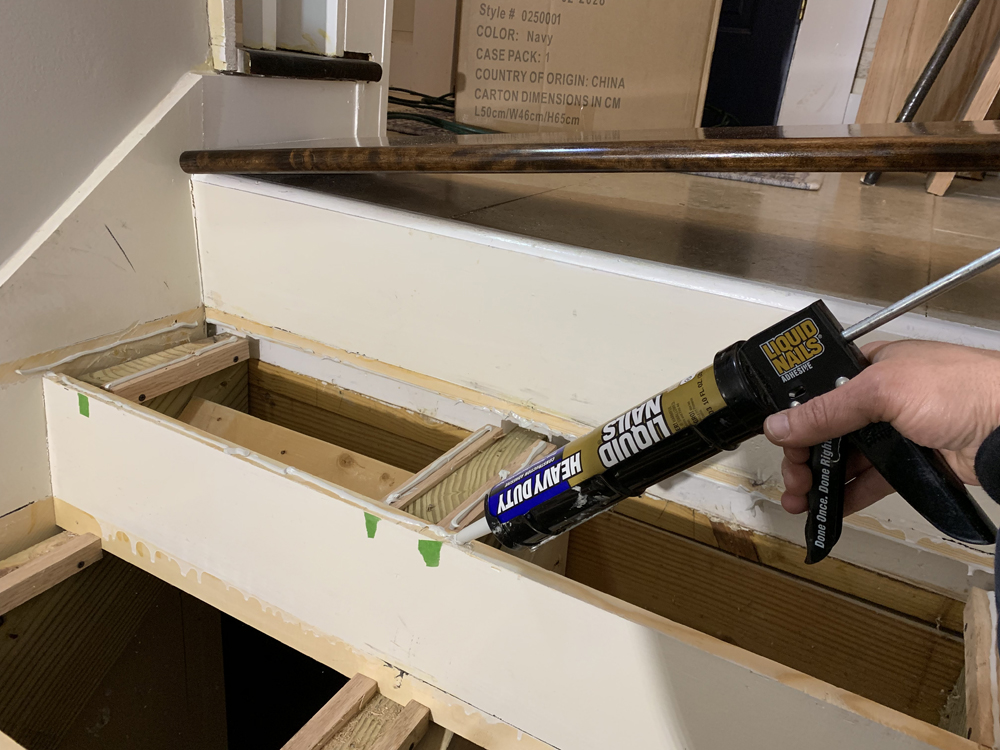Our last blog post showed how to remove wooden stair treads. This post will show how to install the new treads, which were provided by L.J. Smith Stair Systems.






Home » Newest Articles » Stair Tread Installation

Our last blog post showed how to remove wooden stair treads. This post will show how to install the new treads, which were provided by L.J. Smith Stair Systems.






Industry experts predict that thermally modified wood will become a standard choice for high-quality exterior applications, reshaping the decking (and siding) market landscape. As an industry-transforming option, it caters to the needs of homeowners, builders, and designers seeking high-performance, low maintenance, and eco-friendly alternatives for exterior applications. Recognizing this market evolution, DeckWise® has extensively studied […]
Read More >>